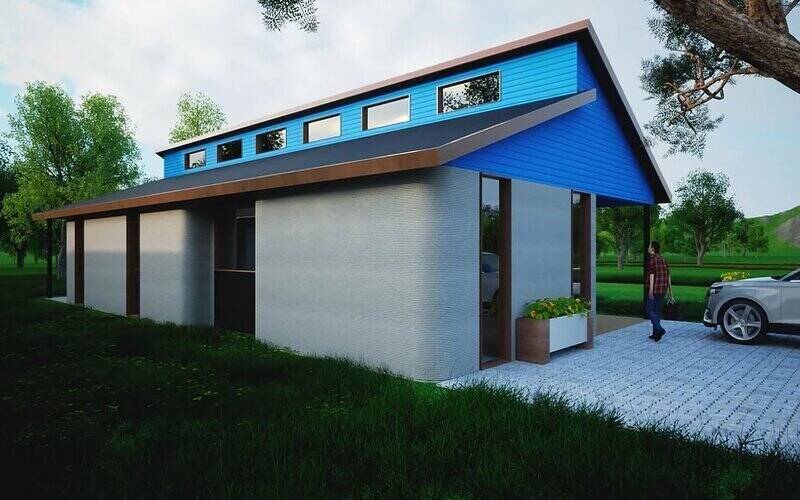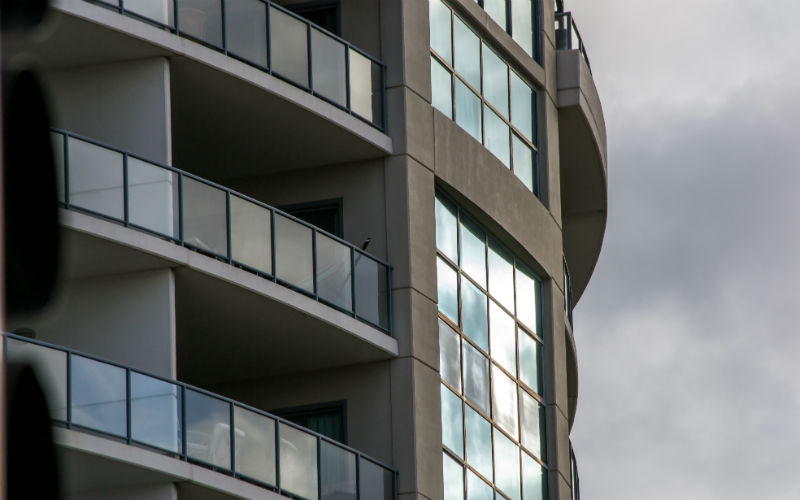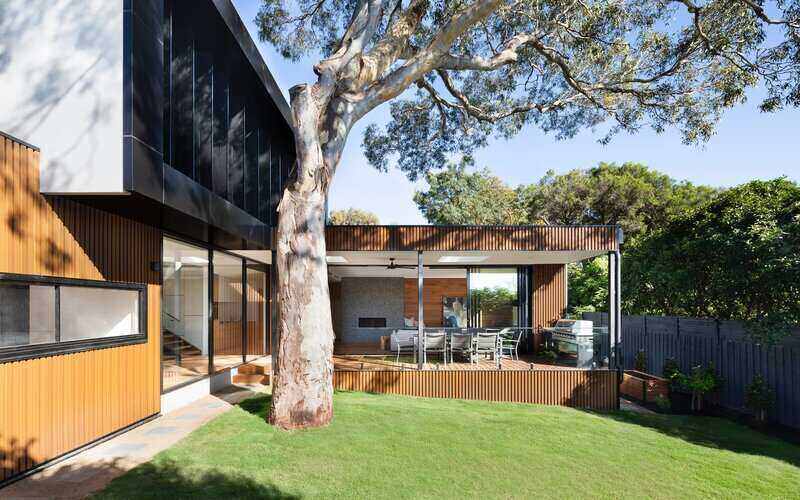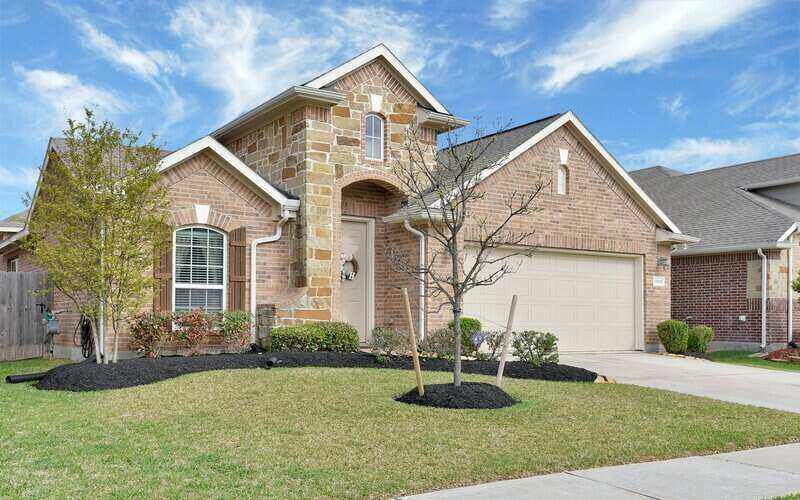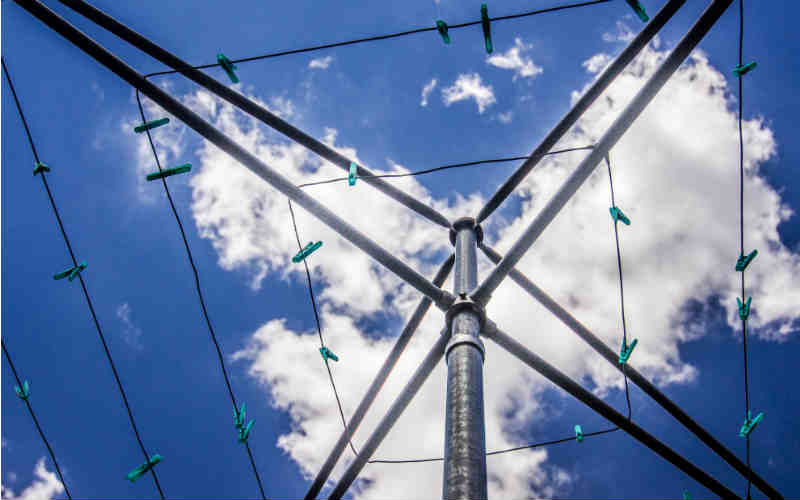It’s distressing when anyone is forced out of their home but sadly, repossessed properties, often referred to as ‘mortgagee in possession’ sales come onto the market on a regular basis. For the unfortunate owners, it can spell the end of their home ownership journeys, at least until they find their financial feet again, but for some buyers, such properties can provide opportune purchases.
What is mortgage repossession?
When a borrower falls behind on their home loan repayments, known as falling into arrears, a lender has certain rights to retrieve the money it’s owed. The lender can issue a default notice which can give the borrower 30 days to catch up on the missed repayments or apply for a hardship variation.
If no effective action is taken within the period the lender specifies in the notice, the lender can issue a demand notice requiring the borrower to repay the entire loan balance. Usually, lenders will try to work with borrower first to come up with alternative solutions, but if that fails or a borrower doesn’t respond, the next step is the courts. Generally, the lender will start legal proceedings to take possession of the property and to have an eviction notice drawn up against the borrower.
Who gets the money from repossession sales?
Once the property is vacated, it is generally offered for sale through traditional real estate channels. Any outstanding debts owed to the lender are deducted from the proceeds of the sale and if there is any balance remaining, it is forwarded to the borrower.
But if there’s a shortfall to the lender, the borrower remains liable and is legally required to reimburse the lender for everything owed under the contract - including interest, costs, and fees. Mortgages in Australia generally give lenders full recourse against borrowers for losses, unlike in the US where many mortgages are non-recourse, meaning lenders cannot go after a borrower's savings or assets to recover the debt.
So, if a borrower’s property is repossessed when they owe $500,000, and the lender sells the house for $550,000 the lender takes their $500,000 while the borrower receives the remaining $50,000. However, if the house were to sell for $450,000 the borrower would still be liable for $50,000 so the lender can recoup the full $500,000.
How common is mortgage repossession in Australia?
The majority of Australian lenders try to avoid home repossessions as they come with the risk of reputational damage and potentially high legal costs. Typically, a borrower would need to be a long way behind in repayments and not communicating with their lender for a repossession to go ahead. The Australian Banking Association says repossessions and foreclosures are a last resort for banks and the incidence of them has been extremely low for some years (but they still happen).
Repossession vs foreclosure: what’s the difference?
Repossession and foreclosure tend to be used interchangeably but they’re slightly different. A foreclosure occurs when a lender seizes ownership of the property and goes through the legal process of removing the borrower from the property title.
A mortgagee repossession is when the borrower remains as the owner on the title, but the lender receives a court order to take over the property and sell it to recoup their funds.
In Australia, repossessions are often easier than foreclosures as the lender doesn’t have to obtain a court order to alter the title of ownership. This can be a time-consuming and more expensive process although both processes lead to the property being sold.
Why buy a repossessed property?
Repossessed homes are often sold below market value as lenders are not necessarily looking to make a profit but rather get their money back. Depending on the lender selling the property, many will even cover stamp duty or fees in a bid to make the property more attractive and achieve a faster sale.
Bear in mind though, under Australian law, a lender in possession of a borrower’s property must take “reasonable care” to sell at its market value. That said, a lender is not required to consult with the owner regarding sale decisions including price, timing, or marketing. Of course, these factors can have a major bearing on the sale outcome.
Historically, there have been regulator complaints and even legal cases where borrowers have alleged lenders sold their properties too cheaply while some have taken issue with their properties being advertised as “mortgagee sales”. Courts have generally found lenders are within their rights to use the term “mortgagee sale” or “repossession sale” and don’t need to fund lengthy advertising campaigns.
Some buyers may wrestle with ethical issues in snapping up a cheaper home from a previous owner who’s faced hard financial times. They may feel they’re taking advantage of another’s misfortune, or perhaps that the property will come with bad karma. But it depends how you look at it. Buying the property will help the previous homeowner settle their debt, maybe even leave them a small amount of cash, and prevent them from falling into further debt as time progresses.
Aside from the ethical dilemma, buying a repossessed home may appear a no brainer, but there are a few things you should be aware of.
Benefits and risks of buying a repossessed property
Benefits
-
Cost: Repossessed properties can generally be purchased around 10-15% below market value, but that figure can go lower depending on the property’s condition and location.
-
Fast sale: Many lenders want a quick sale so they can recoup their losses as soon as possible. If you’re in the market to take possession of a property as soon as possible, repossessed property sales are a good bet.
-
Property inspection: You can generally inspect the property before making an offer which is not always possible with other distressed property sales, such as foreclosures. Lenders generally make their own inspections as well to determine its price.
-
Ready to move into: Repossessed properties are generally offered as vacant possession.
-
Investors' delights: The lower purchase price of a repossessed property can provide greater rental yield for landlords. Investors can also claim on tax any improvements that may be needed as well as depreciation on fittings and fixtures.
Risks
-
Poor condition: Repossessed properties are often in poor condition, and many are sold ‘as is’.
-
No bargaining on price: Typically, the lender has a clear figure on what it needs to make from the sale so there will generally be no negotiation on price.
-
Overspending: While the sale price might seem like a bargain, you may be up for considerable costs in repairing and renovating the property. You need to have a good idea of what’s involved before you buy.
-
Location: Many, but not all, repossessed properties can be in less sought after neighbourhoods, sometimes with high crime rates and other social problems. In property terms, such areas may offer stagnant or minimal capital growth opportunities. If you’re investor looking to rent the property out, you’ll also need to consider what type of tenant the area might attract.
Where can I find repossessed properties?
You can find repossessed and other distressed property sales on various listing sites as well as general real estate websites. Some real estate agents don’t like to advertise a property as being repossessed, a distressed sale, or in arrears because they’re generally keen to get the best price. But other agents believe identifying such properties will attract more interest in them.
Some specialist sites to check include:
-
Trovit
-
SQM Research publishes a national ‘Distressed Properties Report’ (updated weekly), available to subscribers
Tips on buying a repossessed property
Repossessed property sales can be quite different from the sale of a regular property, so here are some things to consider:
Find a good agent
Repossessed properties can be a real mixed bag and as a result, finding one that’s a good buy isn’t always an easy task. Repossessed properties tend to sell notoriously quickly, so keeping tabs on them can be difficult. Finding a real estate agent who regularly handles sales on behalf of lenders is a good strategy. A good agent can immediately inform you when there’s one that meets your requirements and help step you through the buying process. They can also provide expert insight into property values and trends in the area, as well as rental demand if you’re an investor.
Location, location, location
The golden rule of property buying still applies for repossessed properties, no matter how much of a bargain you appear to be getting. It’s generally better value to purchase a repossessed home in a better area than a higher standard of property in a less-than-desirable neighbourhood.
Do your due diligence
As with any property purchase, research and due diligence is vital - and even more so with repossessed properties. Just because a property seems like a good price doesn’t mean you should buy it. Research the market, look at recent sales from a variety of sources, and check for yourself, regardless of what an agent might tell you.
Ask the experts
Get an independent valuation as well as building and pest inspections even if you feel pressured to sign up for a quick sale. These pre-sale inspections could save you a considerable sum in the long run. You need to know what you’re buying, particularly with repossessed houses that have often not had ongoing repairs and maintenance.
Weigh it up
Don’t be blinded by a discounted price. There will likely be risks and rewards with purchasing such a property and you need to take a breath and consider the pros and cons carefully. At the end of the day, you need to be sure the property fits with your homeowning or investment goals.
Have your finances ready
Lenders aren’t typically in the business of being homeowners and usually want repossessed properties sold as quickly as possible so they can get their funds back. Every day the property isn’t sold is money they’re losing. As such, the sale of a repossessed property can go at lightning speed so it’s vital you have your funds ready to go should your offer be accepted - or you may miss out.
It may be worth home loan pre-approval to help speed up the process.
Be prepared for extra expenses
If a homeowner couldn’t afford their mortgage repayments, there’s a good chance they couldn’t afford the upkeep on their property either. Be prepared to foot a considerable bill for repairs and maintenance.
Be wary of restrictive conditions
Due to the rapid settlement, buyers typically don’t have the option to negotiate conditions on the property’s contract. As a result, normal conditions like a builder’s guarantee or cooling-off period may be waived and changes to conditions may be void. It’s worth engaging a solicitor to inspect the contract so you’re aware of the conditions and can make an informed decision as to whether you should proceed.
See: Buying a property unconditionally: What you need to know
Savings.com.au’s two cents
Repossessed properties can present a great opportunity to break into the market for below market value. But it’s important to note repossessed property sales are not like a regular purchase. Typically, such properties can be hard to find, the seller will push for a rapid settlement, and repair and renovation expenses can be part and parcel of the purchase. You need to do your research before jumping in and try not to let any discounted price blind you as to other issues that may be associated with the property or the purchase.
If you're on the hunt to purchase a property at a good price, don't forget the home loan you sign up to can be just as important as the sale price of the property to its overall cost. The table below features some of the lowest interest rates on the market for owner occupiers.
| Lender | Home Loan | Interest Rate | Comparison Rate* | Monthly Repayment | Repayment type | Rate Type | Offset | Redraw | Ongoing Fees | Upfront Fees | Max LVR | Lump Sum Repayment | Extra Repayments | Split Loan Option | Tags | Features | Link | Compare | Promoted Product | Disclosure |
|---|---|---|---|---|---|---|---|---|---|---|---|---|---|---|---|---|---|---|---|---|
5.54% p.a. | 5.58% p.a. | $2,852 | Principal & Interest | Variable | $0 | $530 | 90% |
| Promoted | Disclosure | ||||||||||
5.49% p.a. | 5.40% p.a. | $2,836 | Principal & Interest | Variable | $0 | $0 | 80% |
| Promoted | Disclosure | ||||||||||
5.64% p.a. | 5.89% p.a. | $2,883 | Principal & Interest | Variable | $250 | $250 | 60% |
| Promoted | Disclosure | ||||||||||
5.64% p.a. | 5.89% p.a. | $2,883 | Principal & Interest | Variable | $248 | $350 | 60% |
| Disclosure |
First published on March 2022
Image by Alex D'Alessio via Unsplash

Ready, Set, Buy!
Learn everything you need to know about buying property – from choosing the right property and home loan, to the purchasing process, tips to save money and more!
With bonus Q&A sheet and Crossword!







 Aaron Bell
Aaron Bell
 Emma Duffy
Emma Duffy

